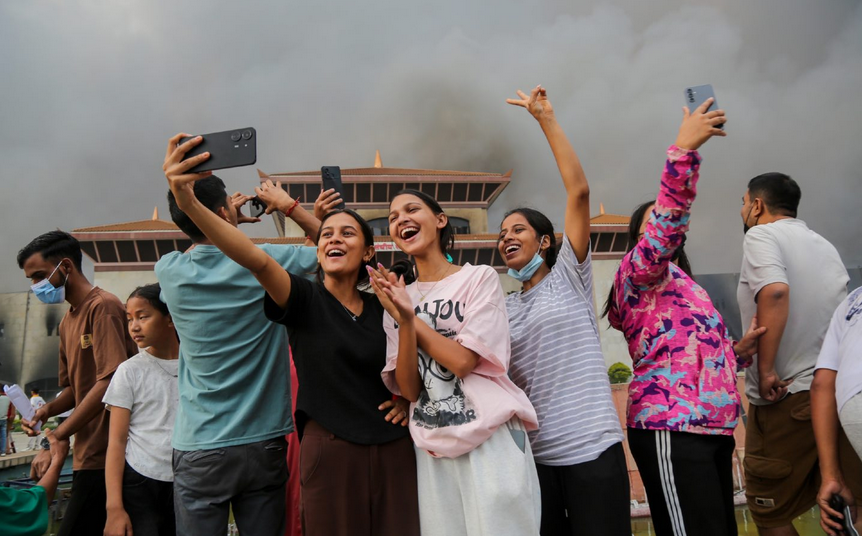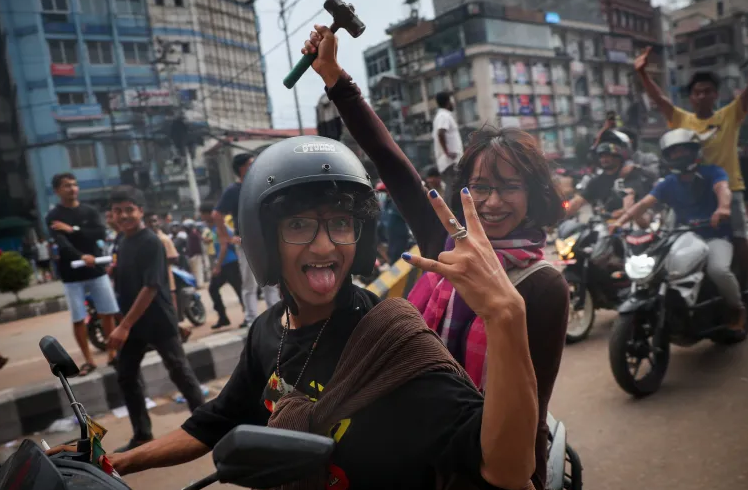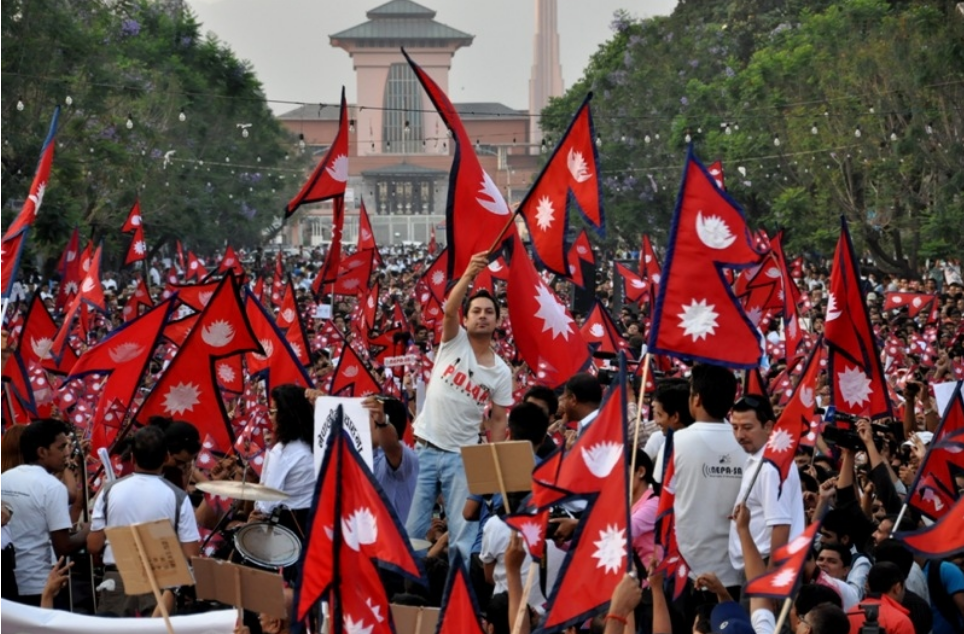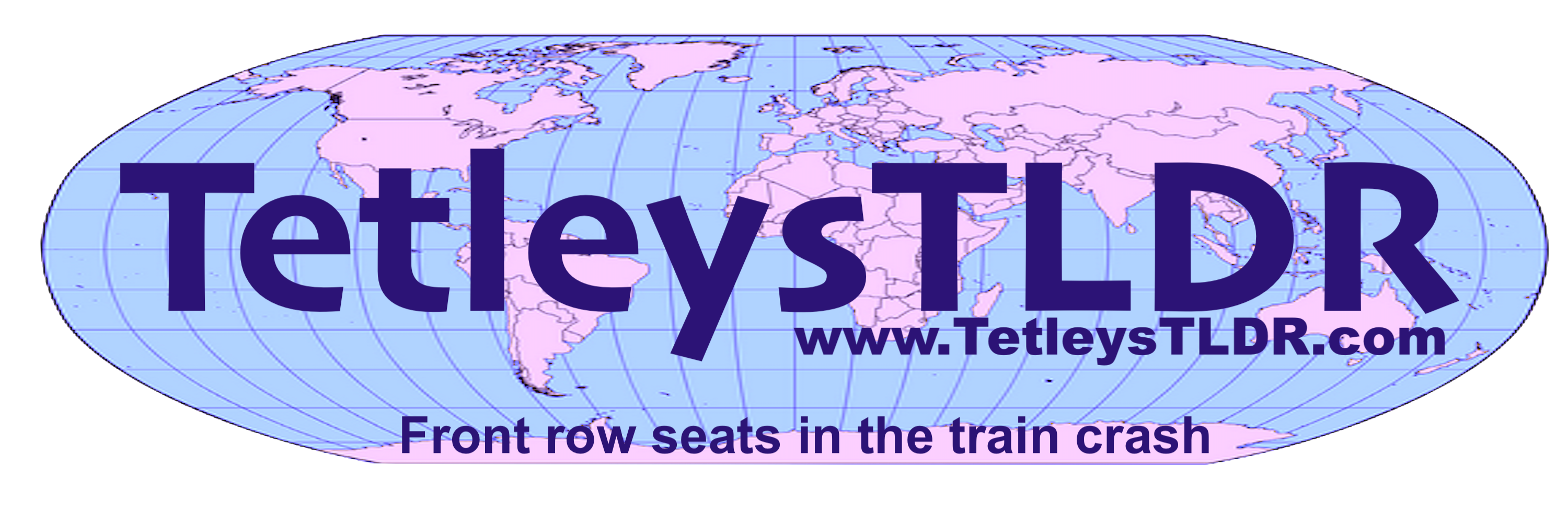Nepal: the first Generation Z revolution

TetleysTLDR: The summary
This month something very interesting happened half a world away, Nepal became the stage for what many are calling the world’s first Generation Z revolution. It began with a government ban on social media, sparking outrage among digitally native youth who turned their anger into mass protests against corruption, nepotism, and chronic unemployment. The state’s violent response left more than 50 protesters dead, escalating the crisis and forcing Prime Minister KP Sharma Oli to resign. Parliament was dissolved and, in an unprecedented move, former Chief Justice Sushila Karki was appointed as Nepal’s first female prime minister to oversee elections scheduled for March 2026. For Nepal’s young protesters, this was more than just a change of leadership; it was a declaration that their generation would no longer accept being sidelined by a corrupt political class. The revolution’s long-term success will depend on whether Gen Z can translate street power into lasting political influence under the hefty shadows of India and China.
TetleysTLDR: The article
This month, Nepal has witnessed something extraordinary: a youth-led uprising that toppled a prime minister, dissolved parliament, and forced the appointment of the country’s first female prime minister. Some have already dubbed it the first Generation Z revolution, a revolt not just against corruption and incompetence, but against a whole political class that looked increasingly illegitimate to the country’s youngest citizens.
How it began
The spark was a social media ban. The government under Prime Minister KP Sharma Oli blocked platforms like Facebook, YouTube, and X, claiming they had failed to register under new rules. For Nepal’s digitally native Gen Z, social media is more than entertainment, it is connection, organisation, and self-expression. Within days, Kathmandu was in uproar (AP News, 2025). The ban tapped into deeper frustrations: youth unemployment, corruption, nepotism, and a sense that political power was little more than an inheritance. Young protesters mocked the rise of 'nepo-babies' in politics and business, while demanding accountability from the ruling class (Time, 2025).

Escalation and repression
The protests swelled, and the state responded with lethal force. Police opened fire on demonstrators, leaving at least 19 dead in the first days of unrest (Reuters, 2025). As marches grew larger, protesters stormed government buildings, including the Federal Parliament. By the time calm was restored, at least 51 people had been killed (AP News, 2025). The government imposed curfews, cut internet access, and tried to restore order but the pressure was overwhelming. Oli resigned. The President dissolved parliament and appointed Sushila Karki, a former Chief Justice respected for her anti-corruption rulings, as interim prime minister (Reuters, 2025). Elections were called for March 5, 2026 (Al Jazeera, 2025).
What makes this different
Nepal has known revolutions before, but none quite like this. The Maoist insurgency (1996–2006) reshaped the state by bringing armed conflict into the heart of politics, eventually leading to a peace process and the entry of Maoists into mainstream politics. In 2006, the People’s Movement (Jana Andolan II) forced King Gyanendra to step down as absolute monarch and paved the way for Nepal’s transformation into a federal democratic republic, and in 2008, parliament formally abolished the 240-year-old monarchy altogether.
Each of these upheavals was driven by traditional parties, armed groups, or broad popular fronts. By contrast, the 2025 movement was unique: decentralised, digitally organised, and led overwhelmingly by Generation Z. This was not an insurgency or a palace coup, it was young citizens using memes, hashtags, and mass marches to shake the foundations of power. Their demands were direct: end corruption, create jobs, hold the powerful accountable, and recognise that a new generation is no longer willing to be ruled by the old. In this sense, the protests echoed movements from Hong Kong to Sri Lanka, but went further by actually toppling a government.
The international dimension
Nepal’s position, sandwiched between India and China, means no revolution is ever purely domestic. Both giants have watched the uprising with unease.
- India fears instability spilling across the border, refugee flows, and the possibility of China exploiting the chaos. I t is likely to back interim PM Karki and prioritise stability over reform, using trade leverage to keep Nepal aligned (The Hindu, 2025).
- China, meanwhile, worries about 'colour revolutions' spreading into Tibet or beyond. Beijing will push for continuity of its Belt and Road projects and will support whoever promises order, not youth empowerment (South China Morning Post, 2025).
For Nepal’s young protesters, this is the danger: that their revolution is diluted by geopolitical horse-trading.

Will it stick?
The key demands are clear: justice for those killed, anti-corruption reforms, and better opportunities for young people. The first two are possible under Karki. The third, creating jobs in an economy reliant on remittances, is far harder. Nepal’s economy has long depended on labour migration: millions of Nepalese work in India, Malaysia, and the Gulf states, sending money home that sustains families and finances the state. Changing this structural dependency requires not just political will, but massive investment and regional stability.
If the March 2026 elections are free and fair, youth could consolidate their influence into political power, perhaps even forming new parties or reshaping old ones. If the old guard reasserts itself, disillusionment could turn to radicalisation. The Arab Spring offers both inspiration and warning: Tunisia’s democratic gains, Egypt’s authoritarian backlash. Sri Lanka’s 2022 protests are another cautionary tale: youth energy that ousted a president, only to see the establishment reconstitute itself.
The stakes
The stakes are unusually high. For Nepal’s Gen Z, this is a test of whether street protest can translate into systemic reform. For India and China, it is a test of how far they can bend Nepal’s politics to their will without provoking further unrest. For the wider world, it is a reminder that democratic uprisings are not a relic of the past, but a living, volatile force that can still change nations overnight.
Nepal may not yet be ruled by its youth, but this uprising has already made history. Gen Z has demonstrated it can topple governments, reshape national debates, and terrify entrenched elites. Whether this energy can survive the pressures of elections, geopolitics, and economic reality remains uncertain.
But one fact is undeniable: in September 2025, Nepal became the stage for the world’s first Generation Z revolution and its reverberations will be felt far beyond the Himalayas.
A bit of shameless self-plugging here. This is www.TetleysTLDR.com blog. It's not monetised. Please feel free to go and look at the previous blogs on the website and if you like them, please feel free to share them.
Better still have a look at teh back catalogue and catch up on previous blogs at https://www.tetleystldr.com/tetleystldr-blog/tetleystldr-back-catalogue

